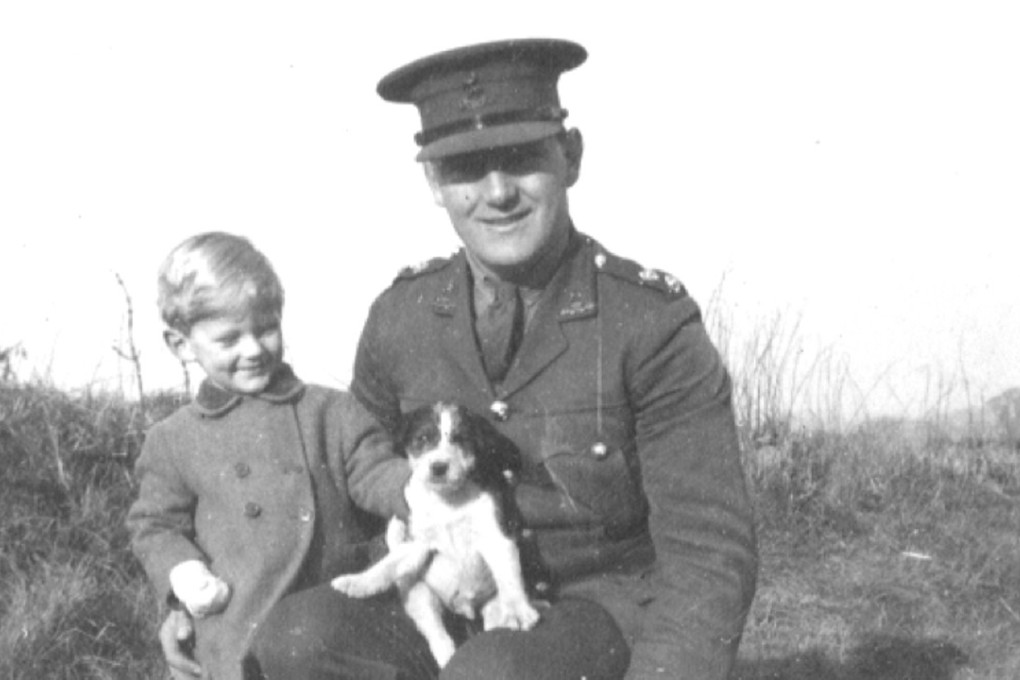How British in wartime Hong Kong evacuated women and children – an excerpt from new book by historian Tony Banham
Banham’s book Reduced to a Symbolical Scale reveals how families were split during the war, with the men and their adult sons left behind in Hong Kong after the women and children were evacuated

In July 1940, as the threat of Japanese invasion intensified, the largest evacuation in Hong Kong history got under way. More than 3,000 British women and children had to say goodbye to husbands and fathers, and, in some cases, sons and fathers, before being shipped to Australia, via Manila.
It is an operation examined in Reduced to a Symbolical Scale: The Evacuation of British Women and Children from Hong Kong to Australia in 1940 (Hong Kong University Press), the latest book by historian Tony Banham, founder of the Hong Kong War Diary project.
The following is an excerpt:
While in general it was the father and husband who had been left behind in Hong Kong and was now a prisoner, families with older siblings had also been split. In at least one case, an evacuee had come of age in Australia and elected to return to Hong Kong and sign up: John Ken FitzHenry (who had been evacuated to Australia aged sixteen but returned when seventeen and joined the HKVDC – Hong Kong Volunteer Defence Corps) became, as a gunner at the surrender of Hong Kong, one of the youngest POWs.
More commonly the older siblings had simply been left behind when the women and younger children left for the Philippines. Mary Lapsley had evacuated with children Mary, Cecilia and Harold, leaving her husband Robert and three older sons (Robert, Tony and Ferdinand) behind. As members of the HKVDC, all four of these men had become prisoners. Georgina Foster had evacuated with two daughters and two younger sons, leaving her husband and oldest son (both serving in the Royal Scots) in the garrison. Her husband would survive the surrender, but the Japanese took young Jack out of St Albert’s Hospital when they captured it on December 23, 1941 and he would never be seen again.
